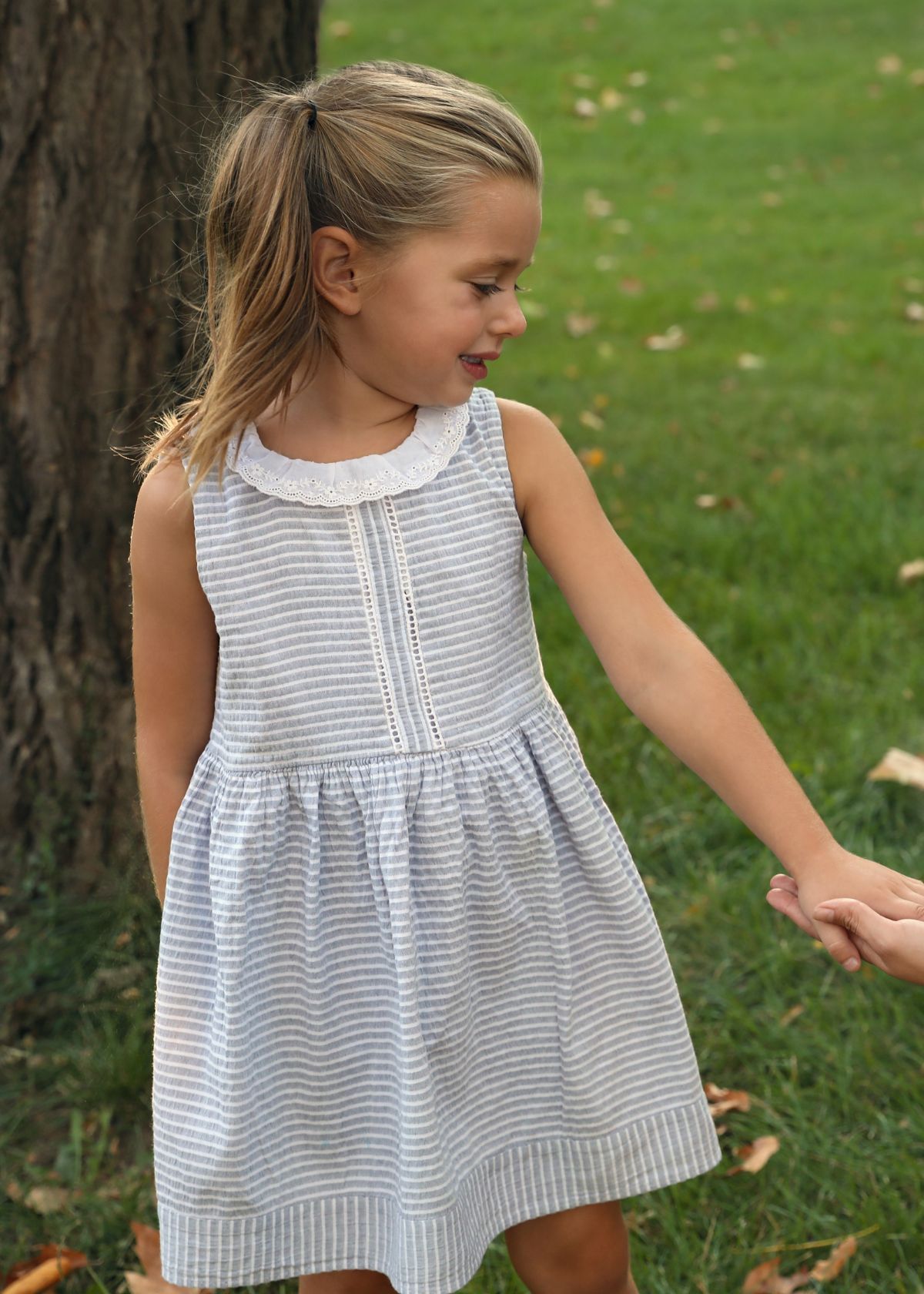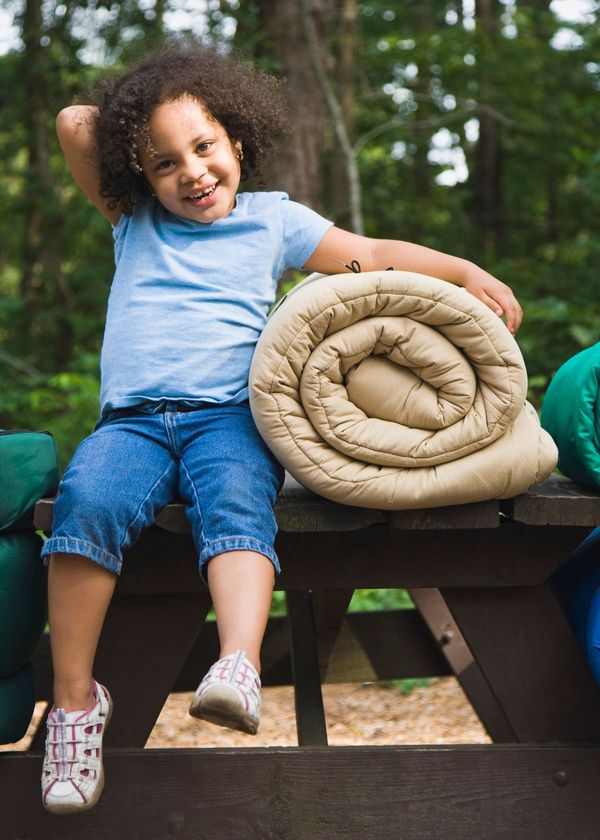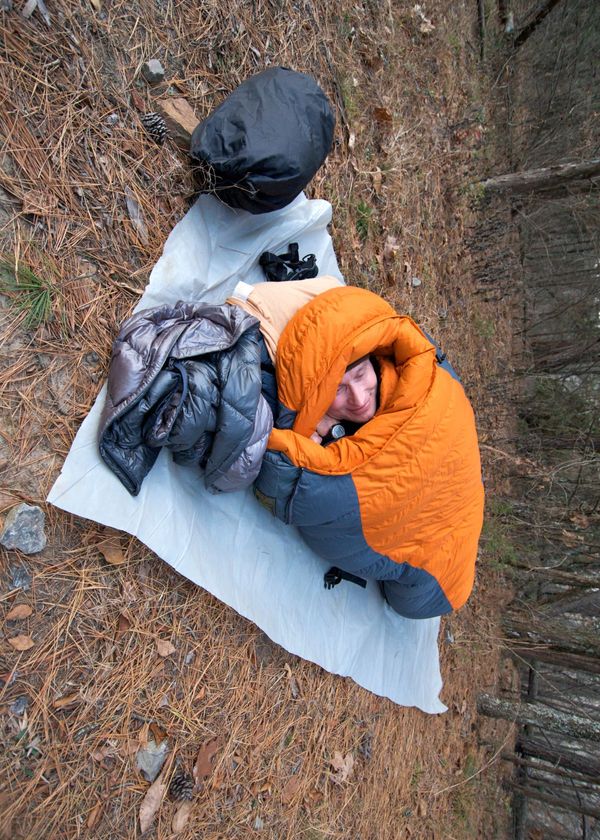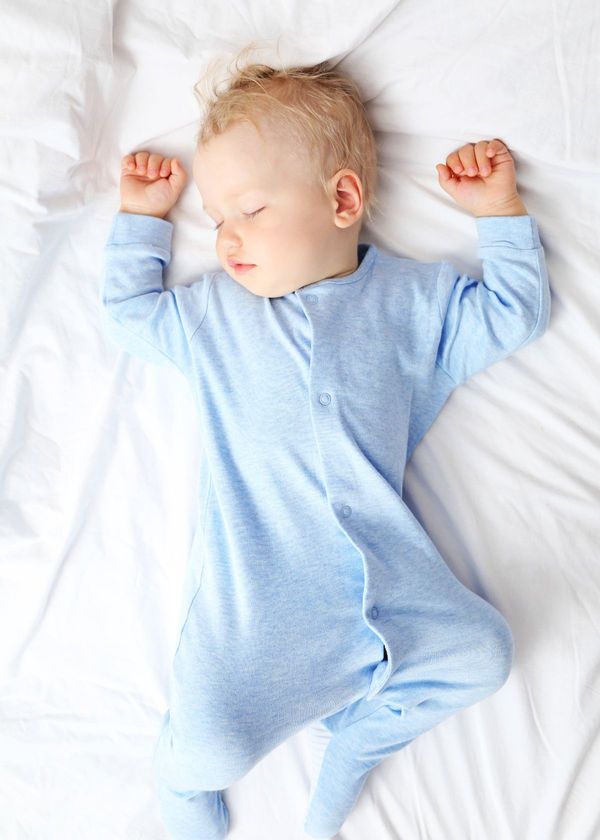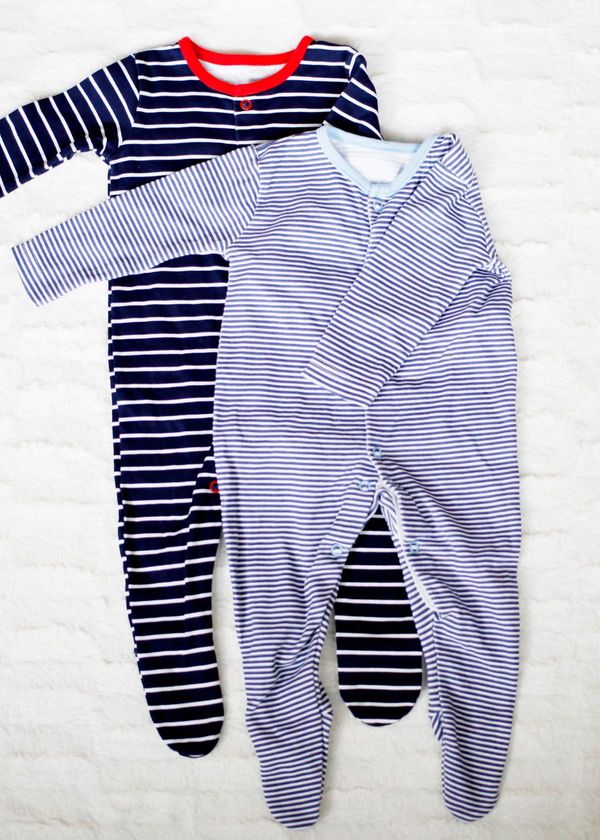Are insect repellent clothes effective? As outdoor activities become more popular, people are looking for ways to protect themselves from different pests such pesky insects as mosquitoes, ticks, and other insects that can transmit deadly diseases. Insect repellent clothing has become a popular option since it offers long-lasting protection from insect bites without the need for regular application and reapplication of insect repellent.
However, the question is: are insect repellent clothes really effective? In this article, we will explore the science behind insect repellent clothing and whether it's a worthy investment for outdoor enthusiasts.

How Does Insect Repellent Clothing Work?
Are insect repellent clothes effective? Insect repellent clothing is treated with a chemical called permethrin, which is a synthetic version of a natural insect repellent called pyrethrum that's derived from chrysanthemums. Permethrin acts as a neurotoxin to insects and causes paralysis and death. When applied to clothing, permethrin forms a lasting barrier on own clothing that repels insects.
Permethrin has been used for over 30 years as an insecticide and has been evaluated by numerous regulatory agencies worldwide, including the Environmental Protection Agency (EPA) and the World Health Organization (WHO), who deemed it safe for human use with proper application.
Do Insect Repellent Clothes Really Work?
The effectiveness of insect repellent clothing depends on several factors, including the type of fabric and how the clothes are treated. According to the Centers for Disease Control and Prevention (CDC), permethrin-treated bug repellent clothing provides long-lasting protection against mosquitoes, ticks, and other insects that can transmit diseases such as Lyme disease and West Nile virus.
A study conducted by the U.S. Army found that soldiers wearing permethrin-treated uniforms had fewer tick bites, mosquito bites, and cases of malaria compared to those wearing untreated uniforms. The study concluded that permethrin-treated clothing was effective in repelling insects and preventing insect-borne diseases.
Several outdoor wear brands such as Columbia, ExOfficio, and Insect Shield have begun producing insect repellent clothing lines specifically for outdoor enthusiasts. These clothes are designed to be effective against a range of insects for up to 50 washings.
However, it's important to note that insect repellent clothing is not a foolproof method of preventing insect bites. It should be used in conjunction with other preventive measures, such as applying insect repellent to exposed skin, avoiding outdoor activities during peak insect feeding times, and wearing long-sleeved clothing and pants in areas with a high concentration of insects.

Potential Risks of Insect Repellent Clothing
While research has shown that permethrin-treated clothing is generally safe for human use, some people may experience adverse reactions such as skin irritation or allergic reactions. Removing permethrin-treated shirt from clothing and washing it separately from other laundry can help mitigate any potential risks.
It's also important to properly store and dispose of treated clothing to prevent exposure to humans, pets, or the environment. Permethrin is toxic to cats when applied directly to their skin or wearing clothing treated, so it's important to keep treated clothing out of reach of cats and other animals.
Permethrin wash-in clothing treatment
Permethrin wash-in clothing treatment is a chemical process that helps to protect your clothes from insects. The permethrin binds to the fabric fibers, becoming a part of the fabric itself and providing long-lasting protection to treated clothes from mosquitoes, ticks, flies, fleas, and other biting insects.
This treatment can last up to six weeks or six washings and can help provide protection against insect-borne illnesses such as West Nile virus, Lyme disease, and malaria. Permethrin wash-in treatments are safe for humans and pets when applied properly. To ensure maximum efficacy and safety, following the manufacturer's instructions carefully when using this product is best.
Is insect shield clothing safe?
Yes, insect shield clothing is safe. The insect repellent used in the production of this clothing is EPA-registered and clinically proven to provide effective protection and protect exposed skin against a variety of insects. It has undergone extensive testing for human safety and environmental impact, so you can trust that it will keep you safe without any risk to your health or the environment.
The active ingredient is odorless, invisible, and tightly bound to fabric fibers, lasting through up to 70 washes. With Insect Shield clothing, you can enjoy outdoor activities in comfort and peace of mind.
What insects does permethrin kill?
Permethrin is an insecticide used kill a wide variety of insects, including mosquitoes, fleas, ticks, cockroaches, ants and moths. It works by disrupting the normal functioning of the nervous system in insects causing paralysis and death. Permethrin can also be used on clothing and equipment as a barrier or repellent against many arthropods.
In residential areas, it is most commonly used for treating lawns and gardens to control pests such as fleas, chinch bugs, Japanese beetle larvae and other grubs that may damage your grass or plants. Additionally permethrin can also be applied indoors where it kills flying insects like flies, gnats and cockroaches. Its versatility makes permethrin an effective tool in managing insect populations.
Does Insect Repellent Clothing Really Work?
Yes, insect repellent clothing does work. In fact, it can be a very effective way to protect yourself from biting and stinging insects like mosquitoes, ticks, and flies. Insect repellent clothing is specially treated with the chemical compound permethrin, which works to both repel mosquitoes and even kill some types of insects.
Permethrin-treated clothing has been proven to provide up to six weeks of protection against mosquitoes and other biting bugs without needing to be reapplied. Additionally, unlike topical bug sprays, permethrin-treated clothing will stay on your body and resist washing away in sweat or water.
Conclusion
Insect repellent clothing is a viable option for outdoor enthusiasts looking for a more convenient and long-lasting way to protect themselves from pests such beneficial insects such as mosquitoes and ticks. The factory treated clothing have insect shield technology. While it's not foolproof and should be used in conjunction with other preventive measures, the use of permethrin-treated clothing has been shown to reduce the incidence of insect bites and insect-borne diseases in high-risk areas.
However, it's important to follow the manufacturer's instructions for proper treatment of clothing and be aware of potential risks and side effects. If you're unsure about the use of insect repellent clothing for yourself or your family, consult with a healthcare provider or a trusted outdoor specialist for personalized recommendations.


